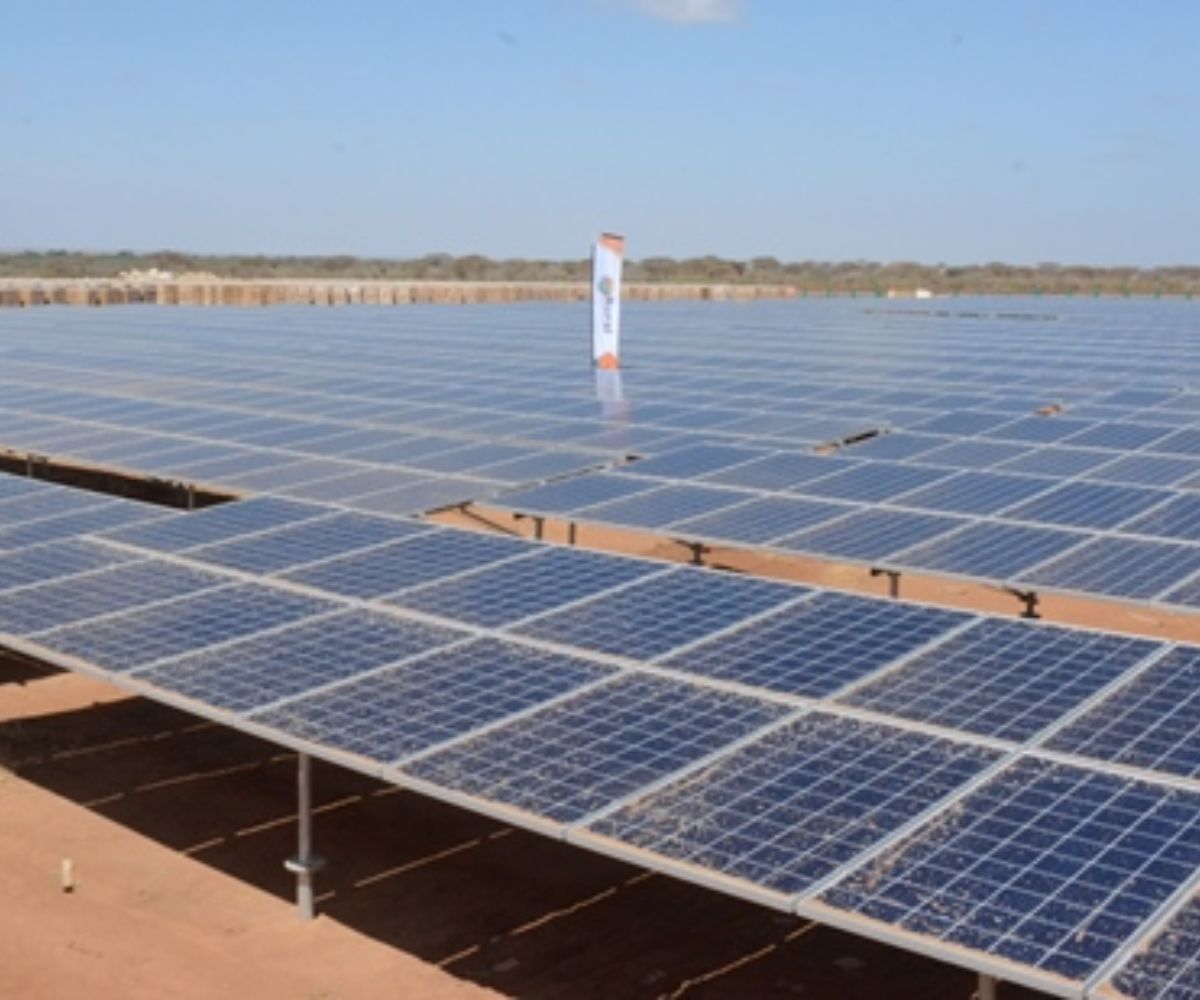The establishment of the Forum on China-Africa Cooperation (FOCAC) in the year 2000 marked a new chapter in Sino-African relations. This platform has allowed China to strengthen its ties with Africa and expand its areas of influence.
With this framework in place, countries in the continent can now participate in consultations on the issues they find most relevant and how their cooperation with China can benefit their economies.
The impact of this framework is already evident. Data from the Chinese State Council Information Office shows that at least 52 percent of China’s foreign assistance funds have been directed towards various projects in African countries since the formation of FOCAC. Some of these projects are in the energy sector.
During the 2015 FOCAC summit in Johannesburg, China reiterated its support for the development of renewable energy projects in Africa, including the construction of solar and wind power stations.
In 2018, at the FOCAC Summit in Beijing, President Xi Jinping committed to establishing the “China-Africa Cooperation on Renewable Energy Technology Innovation and Application” to address the energy shortages in Africa. This commitment was reaffirmed at the 2021 FOCAC summit in Dakar, Senegal, where Beijing pledged to support Africa’s transition to renewable energy by building 10 green energy projects and providing training for 10,000 African professionals in the sector.
Under FOCAC, China has made significant commitments to finance green energy projects across Africa. This focus is crucial as Goal 7 of the United Nations Sustainable Development Goals emphasizes the importance of clean and affordable energy for the development of agriculture, business, communications, education, healthcare, and transportation.
Lack of access to modern energy services is a major obstacle to development in Africa and the entire Global South.
Recognizing the need for improved energy efficiency, Africa has identified green energy development as an area with great potential.
The emphasis on energy production at the last three consecutive FOCAC meetings is a response to the significant electricity access challenges that Africa still faces.
The situation in Kenya
China’s commitments in this area have been put into action. As a result, China, the world’s second-largest power, is actively providing substantial financial support for the implementation of clean energy projects in Africa through FOCAC. Since 2000, China has financed approximately one-third of new grid-connected renewable capacity in sub-Saharan Africa.
Kenya’s transition to renewable energy has received a significant boost from the People’s Republic of China, specifically through investments in geothermal and solar projects. With support from Beijing, Kenya is making great progress in expanding its renewable energy sources. China’s Jianxi Corporation for International Economic and Technical Co-operation (CJIC), in partnership with Kenya’s Rural Energy Authority (REA), designed and constructed one of East Africa’s largest photovoltaic electricity stations in Garissa, located in the arid northern part of the country.
This project, which taps into Kenya’s abundant solar energy, was completed quickly and now contributes power to the national energy mix, which also includes hydro, geothermal, and thermal sources.
Previously, the area of Garissa relied on expensive and unreliable diesel-powered generators. However, this situation has been completely transformed, and the area now plays a significant role in the nation’s economic development. Power blackouts are now a thing of the past, enabling local businesses to thrive with uninterrupted electricity supply. This stable electricity supply is expected to attract further industrial investments in the region.
In addition to providing power, the solar power plant has also generated employment opportunities for local residents. As the plant, spread over 85 acres of land, requires constant servicing, cleaning, and routine checkups, it will continue to provide ongoing opportunities.
Green energy in Ethiopia
China’s investments in green energy in Ethiopia have also had a significant impact. Renewable energy now constitutes nearly 90% of Ethiopia’s installed power capacity, up from just 33% in 2010, largely thanks to Chinese investments. The Adama wind power project, funded by a $460 million loan from China Exim Bank, consists of two phases: Adama 1 and Adama 2.
Adama 1, with a capacity of 51 MW, has been operational since 2012 and was financed by China Exim Bank (85%) and the Ethiopian government (15%). Adama 2, which currently generates 153 MW, was commissioned in 2015 and is primarily funded by China Exim Bank. Both projects were developed by a joint venture of Hydro-China and CGCOC, utilizing Chinese technology and expertise.
The Adama wind project has greatly improved Ethiopia’s energy independence by diversifying its energy sources and reducing reliance on fossil fuel imports. It now plays a significant role in meeting the country’s growing energy needs, particularly in rural areas. Moreover, it aligns with Ethiopia’s goal of achieving a climate-resilient green economy, as it promotes sustainable energy use and enhances energy security by utilizing local wind resources. This transition not only stabilizes energy prices but also mitigates the environmental impacts associated with conventional energy sources.
Chinese investments in the energy sectors of Kenya and Ethiopia are just examples, but there are many projects on the continent.
China’s “Africa Solar Belt” program, launched under the FOCAC framework, aims to support solar energy initiatives in underserved regions, demonstrating its commitment to Africa’s renewable energy transition. The program focuses on providing financing, technology, and expertise to facilitate the continent’s transition to clean energy.
These efforts effectively address Africa’s energy access challenges while advancing its sustainable development goals. To add to this, China’s investments contribute to expanding access to clean energy in underserved areas of Africa, as small-scale solar power stations now provide electricity to remote villages, significantly improving living conditions.
The writer is a Multimedia Journalist at Kenya Broadcasting Corporation.





